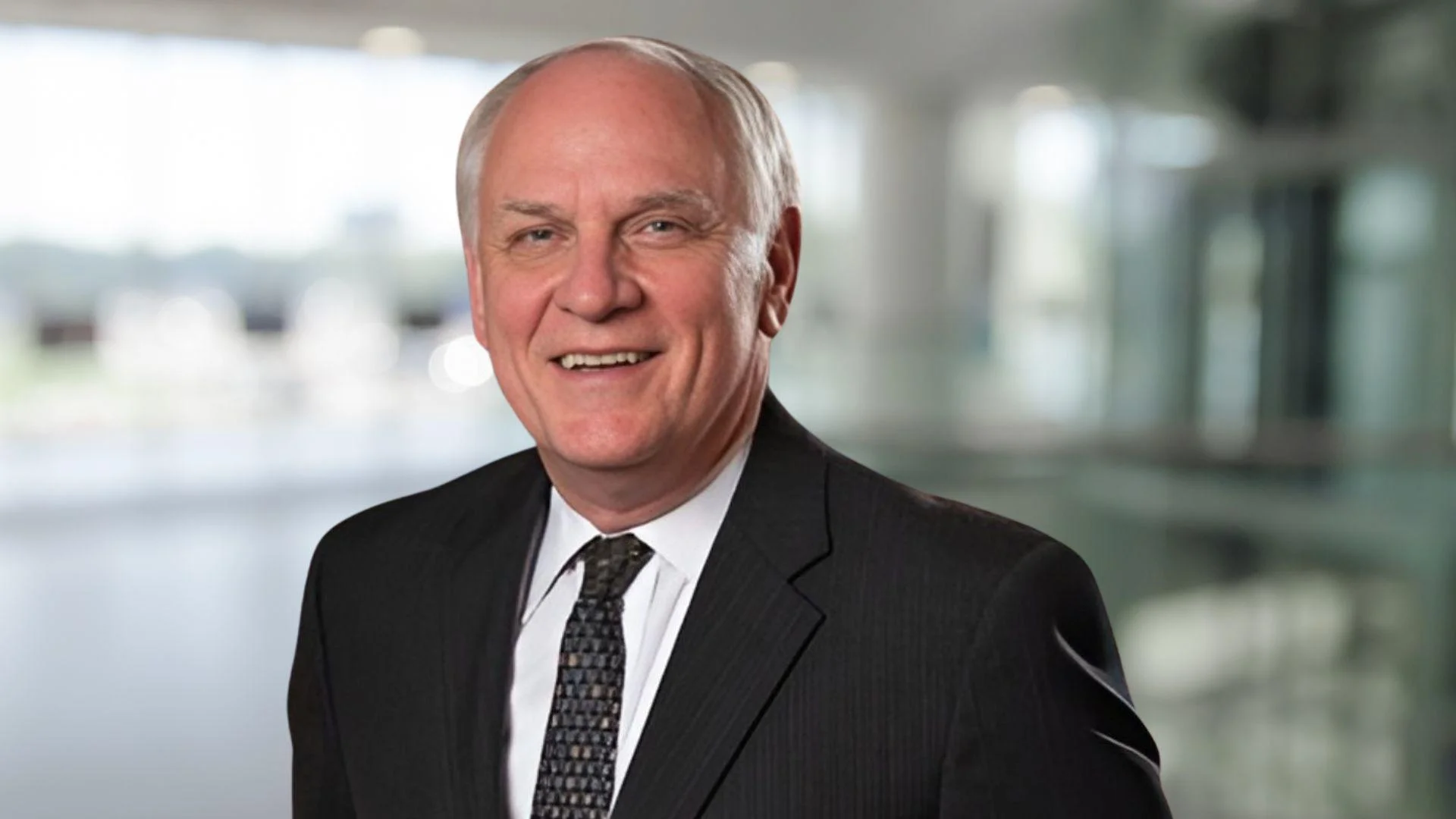Many current instructors are in older age brackets, with a significant portion above 70 years old. These instructors often work long hours—sometimes double shifts or up to 17-hour days—which has led to low morale at training facilities. Many are hired through contractors such as Science Applications International Corp (SAIC), where they typically receive lower pay and fewer benefits compared to FAA employees. This situation makes recruitment and retention challenging.
Attrition rates among academy students further complicate matters; about one-third do not complete their training program. Each unsuccessful trainee costs approximately $130,000 in academy resources alone.
The process of becoming a certified air traffic controller involves passing an initial skills assessment, meeting medical and security requirements, completing several months at the FAA Academy, followed by two to four years of on-the-job training at assigned facilities. However, capacity limitations at each stage slow down progress. The Oklahoma City Academy can train between 1,500–1,800 students annually at full capacity but falls short of the estimated 1,800–2,000 new controllers needed each year due to retirements and growing air traffic demands.
A shortage of qualified instructors restricts class sizes and limits one-on-one instruction time for trainees. On-the-job training is also delayed because many air traffic control facilities operate at only 60–80% of required staffing levels.
Compensation remains another factor affecting recruitment and retention. While fully certified controllers earn median annual salaries around $103,000—with top earners making over $150,000—trainees receive much less during their initial years ($37,000–$45,000 at the academy).
Even with programs like the Enhanced Air Traffic Collegiate Training Initiative (AT-CTI), which allows universities to deliver equivalent training curricula as the FAA Academy does in Oklahoma City (https://www.faa.gov/jobs/career_fields/aviation_careers/atc_collegiate_training_initiative), scaling up remains difficult without sufficient instructor numbers.
Staffing shortages have direct impacts on safety and efficiency within US airspace. Understaffed towers sometimes operate with half their required personnel; some have only two controllers when four are needed per shift. Fatigue from mandatory overtime increases risks for operational errors—a concern highlighted by ongoing investigations into whether staff shortages contributed to a fatal January 2025 collision in Washington D.C., involving a PSA Airlines Bombardier CRJ-700 and a US Army Black Hawk helicopter.
Historically, underinvestment in training capacity has contributed to today’s crisis. Since 2010, the FAA workforce has declined by nearly 2,000 employees—a reduction driven by retirements and hiring freezes during government shutdowns or events like the COVID-19 pandemic (https://www.cbsnews.com/news/faa-air-traffic-controller-shortage-flight-delays). Centralizing all entry-level controller training in Oklahoma City created vulnerability: any disruption there halts nationwide progress toward filling open positions.
In response to these challenges Congress and federal agencies have implemented measures such as streamlined applications processes and incentive pay for hard-to-staff locations. The Enhanced AT-CTI program aims to decentralize training by enabling approved colleges across the country to teach core curricula—but this too depends on having enough skilled instructors available.
International comparisons show that other countries have adopted modernized approaches more quickly than the US—for example NAV Canada uses advanced simulators alongside university partnerships while Europe’s Eurocontrol SESAR program coordinates technology upgrades across multiple centers continent-wide (https://www.navcanada.ca/en/air-traffic-control.aspx).
Experts suggest it could take five to ten years before staffing imbalances are fully corrected—even if aggressive hiring continues apace. In addition to expanding decentralized programs using technology like virtual reality simulators or AI-powered instruction systems could help increase throughput without sacrificing quality standards seen elsewhere globally.
"The stakes are high," notes one expert cited in this analysis: "Air traffic control is not just another operational function; it is the invisible infrastructure that keeps the nation’s skies safe." Without adequate investment in instructor recruitment—and better working conditions—the US risks falling behind international peers while continuing struggles with delays or compromised safety.
 Alerts Sign-up
Alerts Sign-up




































